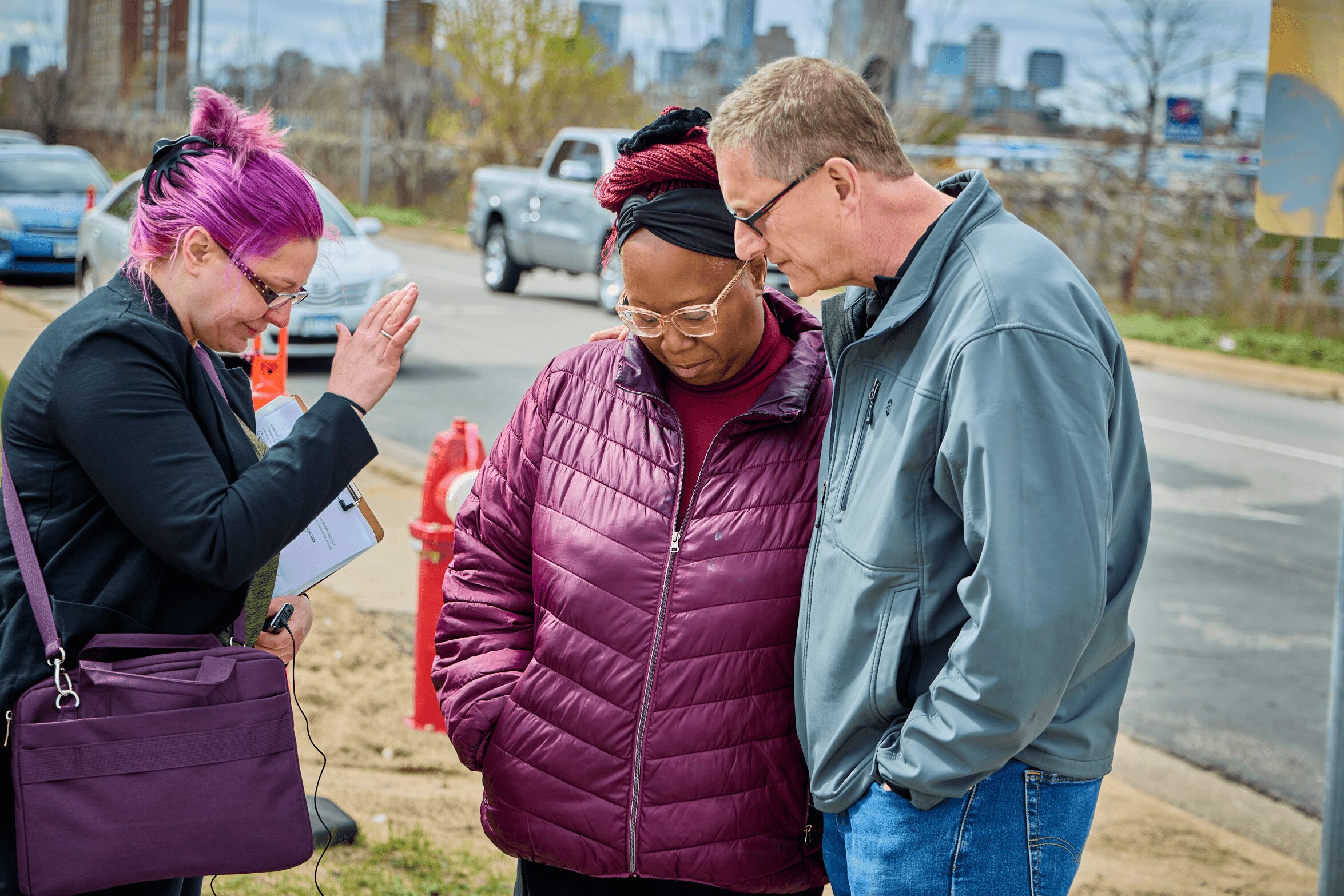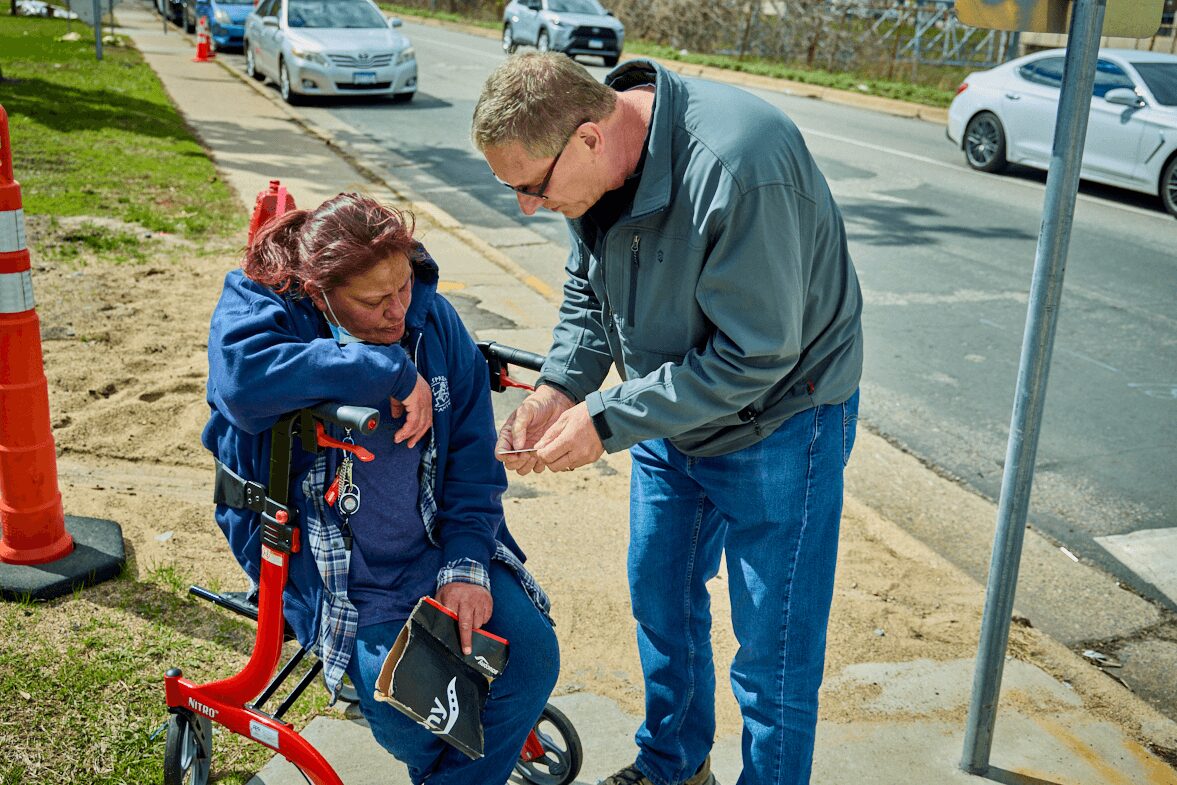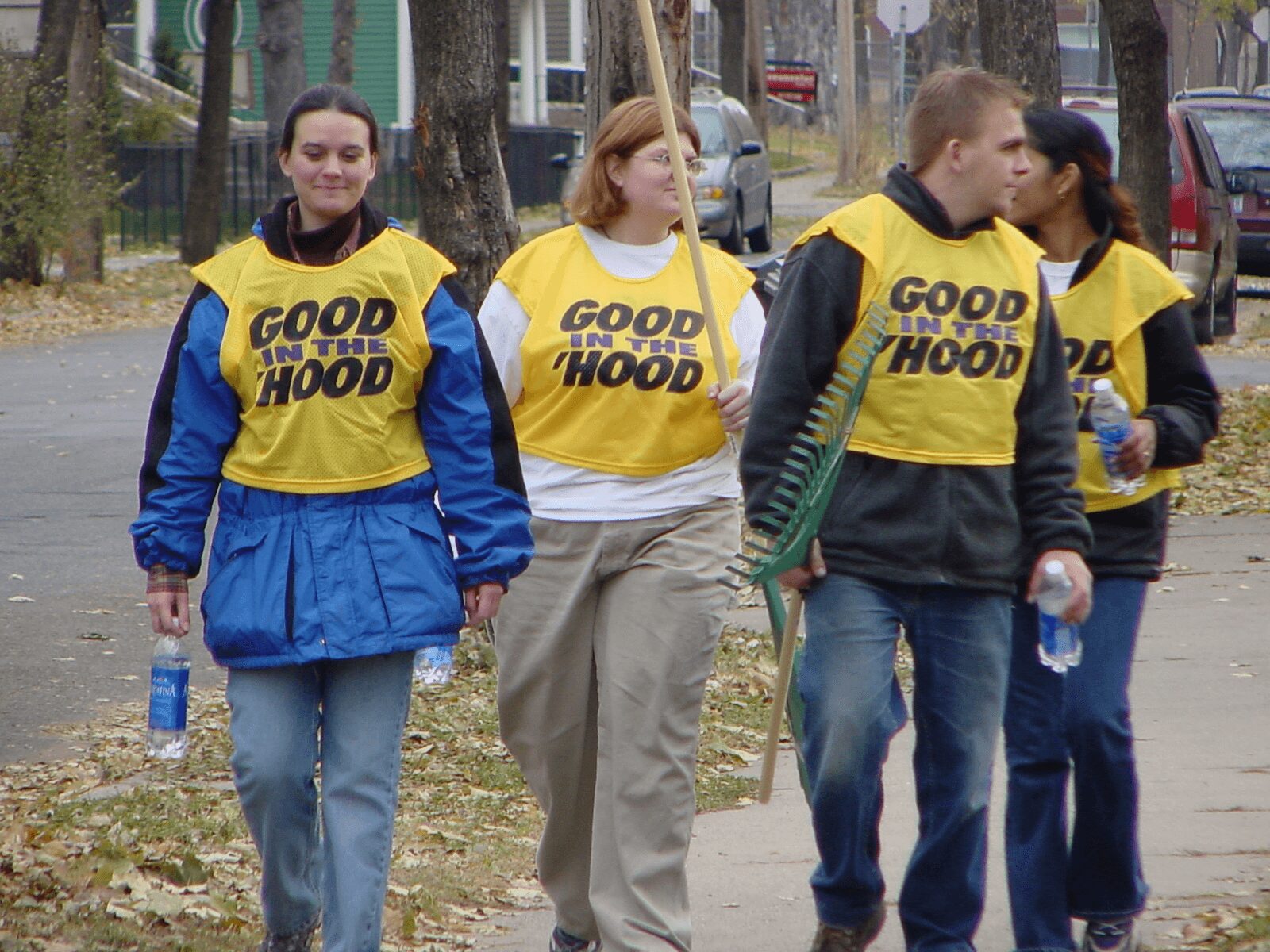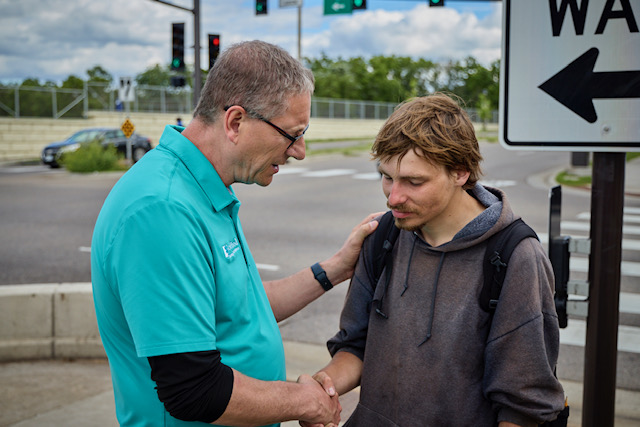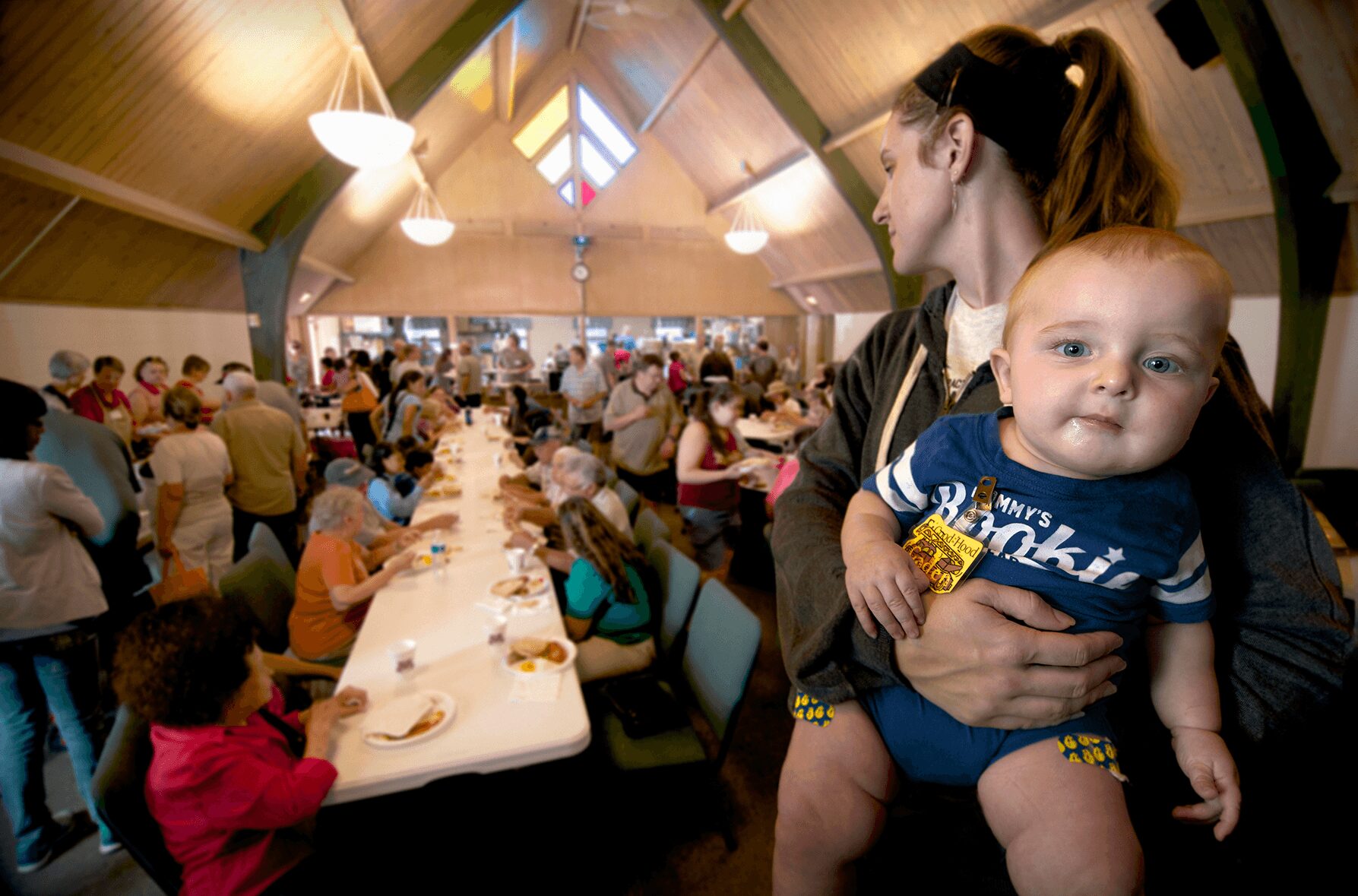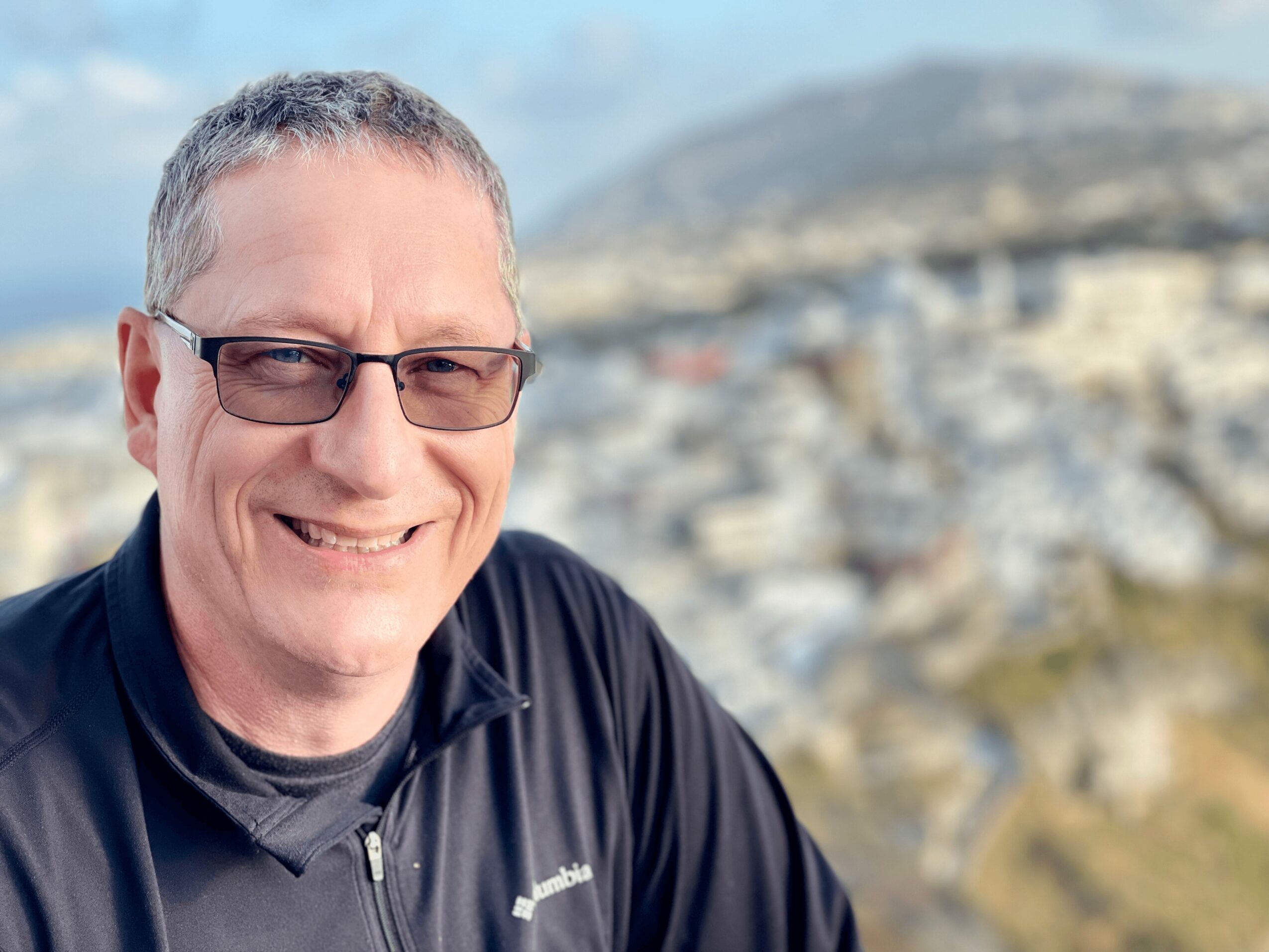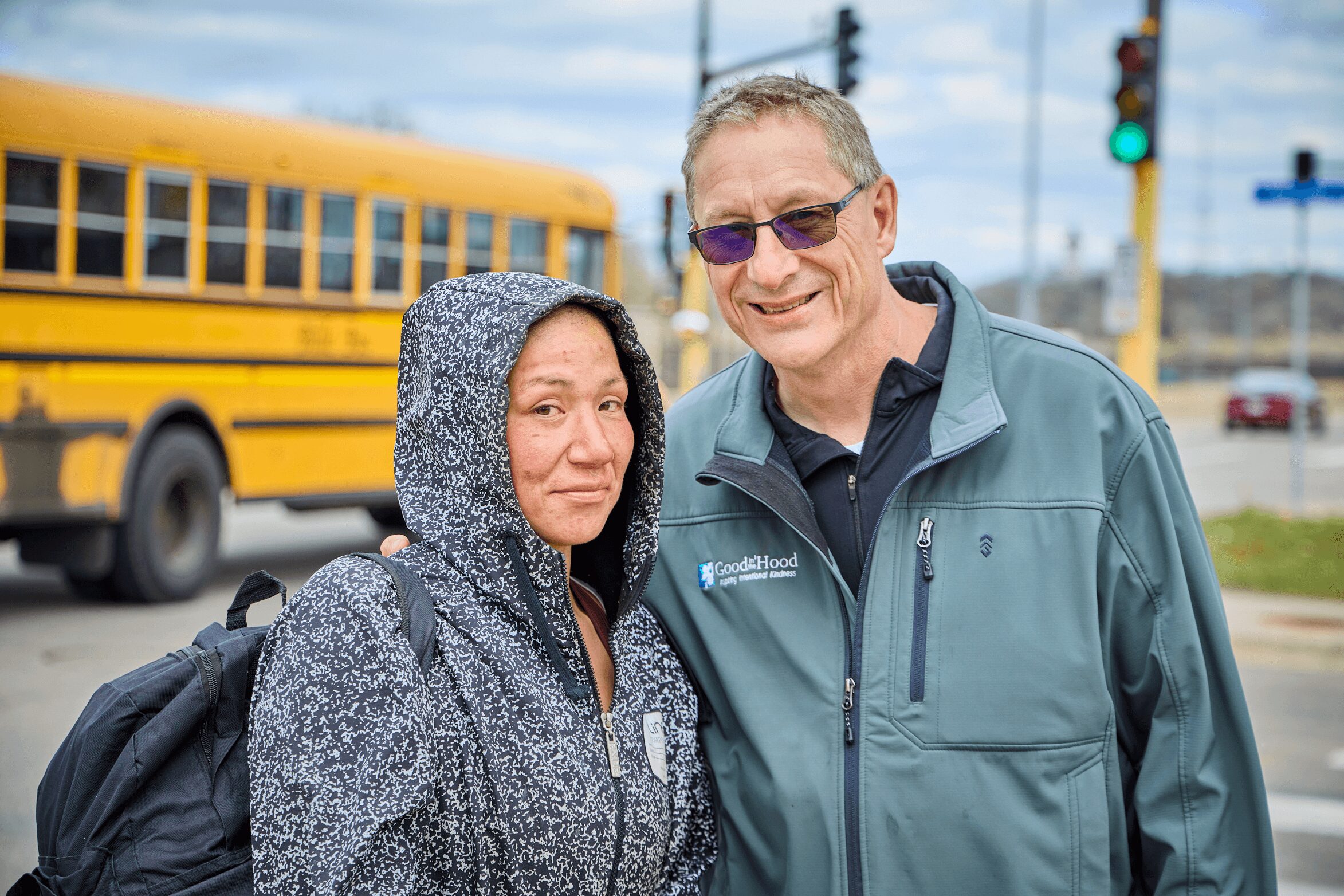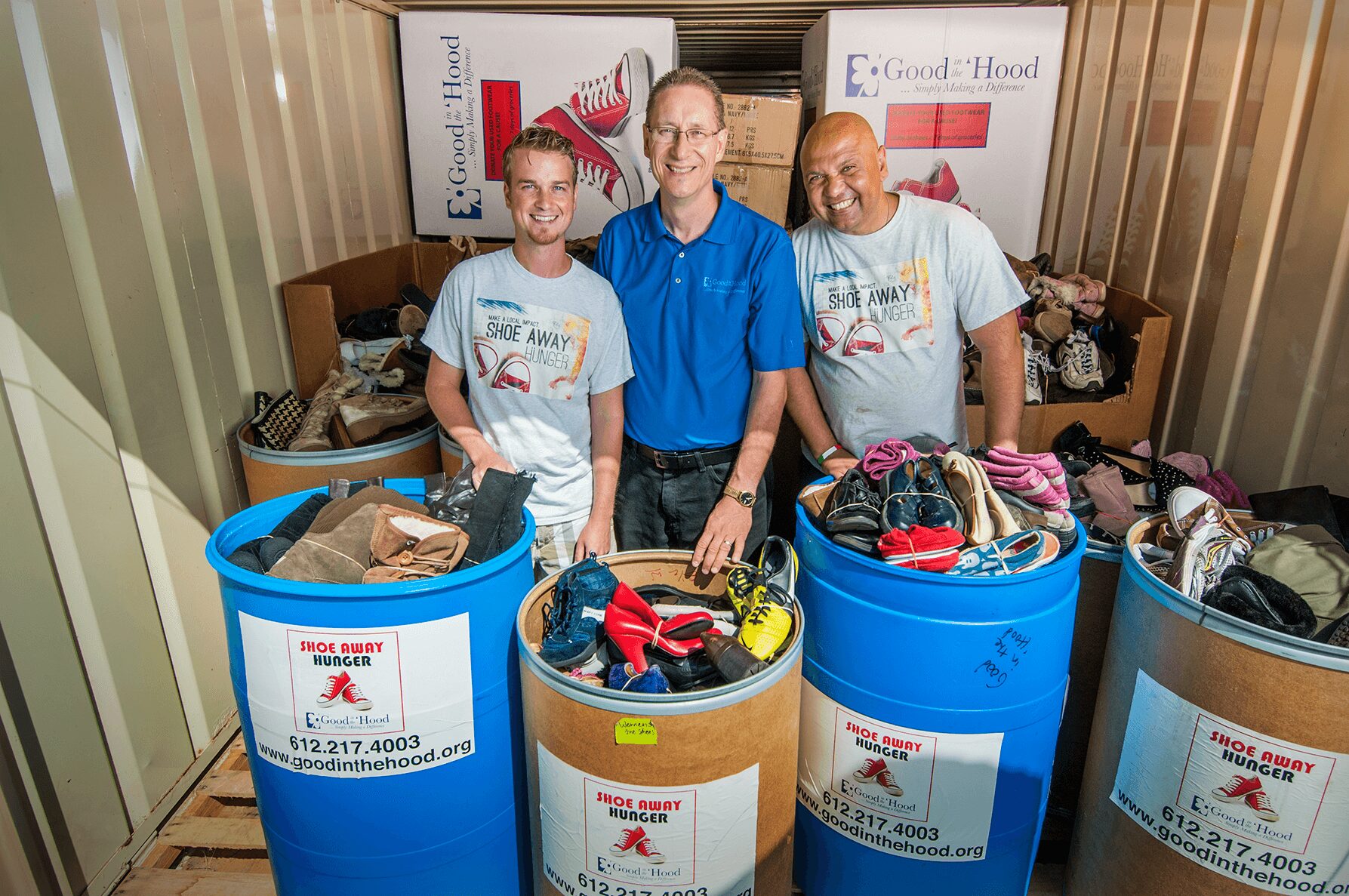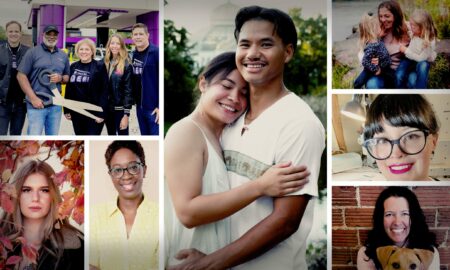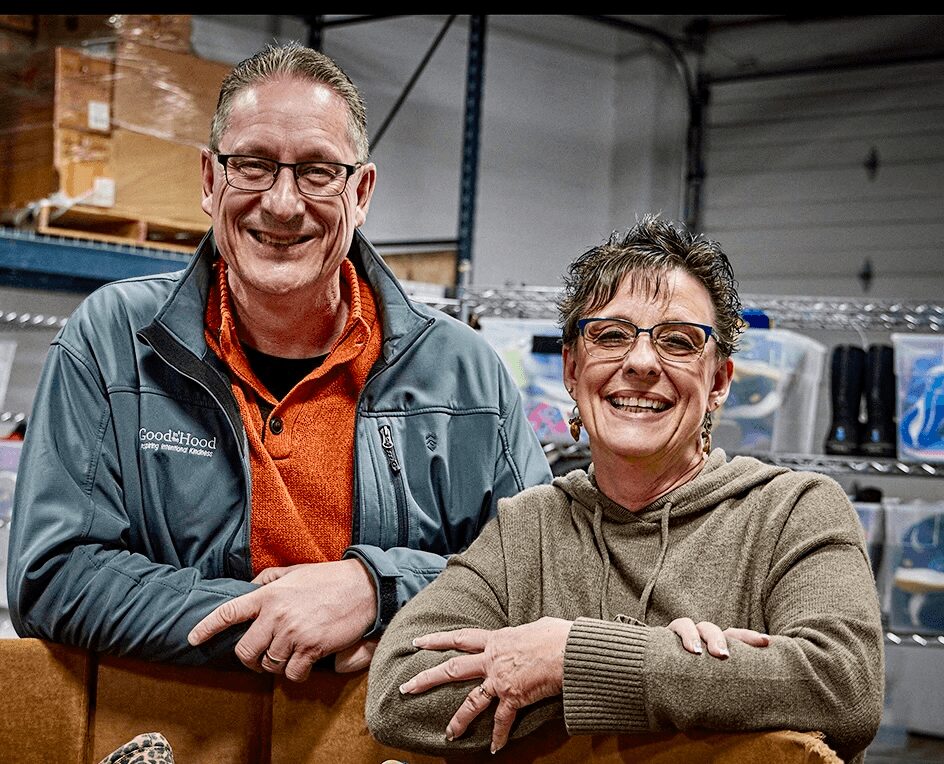 Today we’d like to introduce you to Shawn Morrison.
Today we’d like to introduce you to Shawn Morrison.
Hi Shawn, thanks for joining us today. We’d love for you to start by introducing yourself.
Growing up in a religious home, I experienced a personal encounter with Jesus Christ when I was 18. It was during a tough time in my life when I was trying to succeed in sports but suffered an injury that significantly diminished my success. Having a new and better purpose helped pull me through a challenging time and enabled me to redefine success. I no longer strove to gain the praise of others and the accolades gained through my accomplishments. My heart and perspective had been transformed, and my primary clarifying objective was to follow the will of the Lord wherever this may lead.
Eventually, I received my ministry degree and training at a local college specializing in cross-cultural ministry training. Following graduation, my wife, Jamie, and I were asked to come on staff at the school. My primary role was to serve as the Director of Evangelism, and my wife served on the Student Life Advisory team. As I began envisioning how to lead and train students for cross-cultural ministry, I spent significant time studying Scripture and praying to God for direction. He started showing me how kindness and good works could serve as a witness to those who did not know Him or were delinquent in their faith. I began mobilizing students and volunteers with a practical demonstration of God’s love and resources to bring stability and support to the poor. We called this initiative Doing Good in the Neighborhood. Since the famous Mr. Rogers used this expression, we went with a contraction, Good in the ‘Hood. This has since grown into a ministry that serves over 100,000 hungry and hurting people with groceries, resources, and essential services per year. Foot care for those who have diabetes or are experiencing homelessness. Shoes for schools and shelters, emergency care packs for the unhoused, Holiday Help, youth programming, winter coats and backpacks with school supply drives, prayer, hugs, and more. We bring help and inspire hope using intentional kindness to show our community displays God’s love in action.
Can you talk to us about the challenges and lessons you’ve learned? Looking back, has it been easy or smooth in retrospect?
Growing a ministry from scratch is always challenging. There are several obstacles, including lack of funding and those who are cynical or opposed to what one endeavors to do. Sometimes, there is self-doubt when we don’t see results as envisioned. We had to spend endless hours doing our work without any encouragement, competition, or jealousy of our success by other ministries or nonprofits and having to work 2 or 3 jobs to make ends meet while also growing a ministry—health issues, family challenges, and many other temptations that might cause one to get derailed. The key is to know and be firm in what God has called and to resist every temptation that might influence us to take an easy way out or take a shortcut to achieve results.
We often do what no one else wants to do. We identify societal pain points and specifically address these needs. This includes approaching people who are on street corners holding signs requesting support. Often, these individuals are referred to as panhandlers. More frequently, they are seen as a bother or a burden. They become the very ones we step over and sometimes even step on in life. Most do not know what to do with these neighbors in need. We all ask ourselves, “Do I dare give them money when I suspect they’ll use it to purchase unhealthy things?” Or, we assume they are scamming, lazy, or simply not willing to work. We hope to humanize those who have been ostracized and offer support to them, not as anybody who is often ignored by those passing by who won’t even make eye contact. Our purpose is to treat them like the somebody they are and help them be restored as a person of dignity.
Thanks – so, what else should our readers know about your work and what you’re currently focused on?
I’m an ordained minister trained as a cross-cultural missionary. I have served as a pastor for several churches, as the Director of Evangelism for a Twin Cities ministry training program, as the Director of Minneapolis Programs for a rescue mission, and as the Founder/Executive Director of Good in the ‘Hood. I specialize in creating new and innovative ways to reach our community with a loving and practical witness of our faith in Christ. I also have an entrepreneurial spirit and have learned to be resourceful in doing the most good with the least amount of waste. Those the world has often treated as the “have nots” of society are the very ones that are most dear to my heart and the ones I want to partner with to inspire hope in the hearts of all those who have been victimized, abused, broken, battered, and stricken with poverty. Jesus was not born in a palace but in a manger, yet He became the world’s light. I believe those society treats as lowly and as insignificant are the very ones who will shine God’s light of love, compassion, and empathy to those with the greatest need.
We’d love to hear what you think about risk-taking.
We need to take calculated risks that are likely to succeed. A foolish risk is when we move forward without any assurance that God has called us to do something or any evidence suggesting that our intended direction will likely succeed. Calculated risk is when we absorb the risk early on with an eye to the opportunity that will be gained in the long run. It’s seeing the big picture and leveraging our capacity for sustainability by taking some short-term risks that others may avoid.
Good in the ‘Hood takes calculated risks regularly. For example, in the twin cities we have 37 pop-up-style grocery pantry food shelves. Host site volunteers operate each one. At the same time, the host site provides volunteerism and the facility at no cost. Good in the ‘Hood creates the program framework, and we pay for the groceries. It costs us approximately $750 monthly in groceries from our local food sources to feed 100-125 households with 5-7 days worth of supplies. We take a $750 per month risk in launching a food program; however, the long-term gain is to raise enough grants and support to pay for each site and our overall operational and administrative costs. If we do this well enough and with a long-term approach, we nearly always come out ahead. The host site gains because we provide the funding they struggle to produce. We gain because our objective to feed the community is achieved in a cost-effective and collaborative manner that helps pay for our operational expenses.
Contact Info:
- Website: www.goodinthehood.org
- Instagram: www.instagram.com/@goodinthehood.mn
- Facebook: https://www.facebook.com/goodinthehood
- Linkedin: https://www.linkedin.com/company/good-in-the-‘hood/
- Twitter: https://twitter.com/goodinthehoodMN
- Youtube: www.youtube.com/@goodinthehood7327
